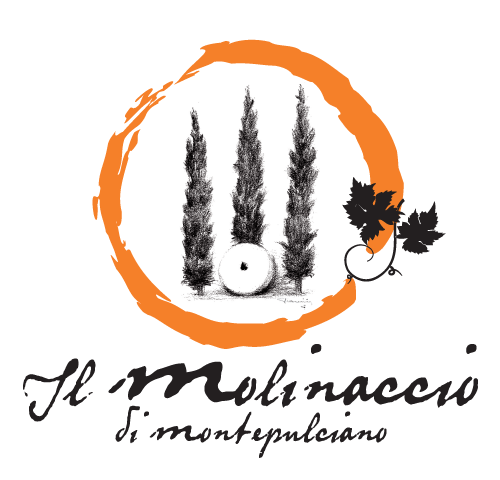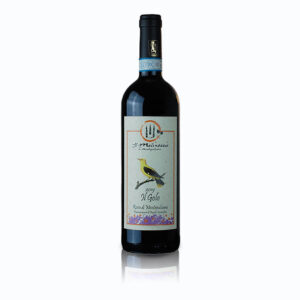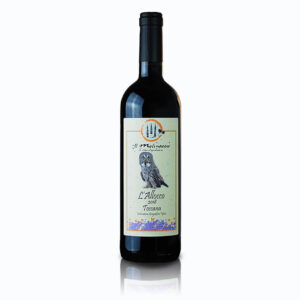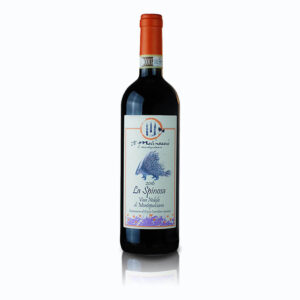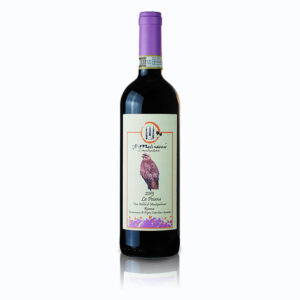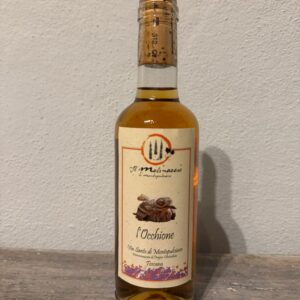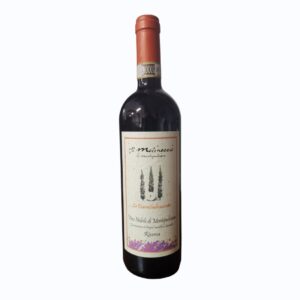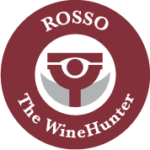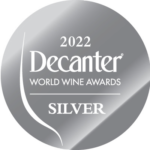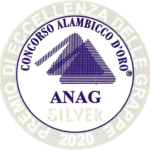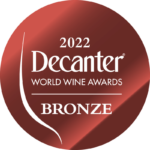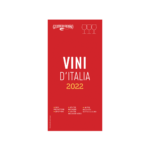Our products
Here you can buy our products directly and receive them in the comfort of your home.
If you need advice, email us at info@ilmolinaccio.com.
- Scegli le opzioni del prodotto visitando Grappa di Vino Nobile.
-
Wines
The Golo - Rosso di Montepulciano DOC Organic
16,00€ - 17,00€ This product has multiple variations. Options can be chosen on the product page -
Wines
L'Allocco - Toscana IGT Rosso
22,00€ - 24,00€ This product has multiple variations. Options can be chosen on the product page -
Wines
La Spinosa - Vino Nobile di Montepulciano DOCG
27,00€ - 30,00€ This product has multiple variations. Options can be chosen on the product page -
Wines
La Poiana - Vino Nobile di Montepulciano DOCG
42,00€ - 100,00€ This product has multiple variations. Options can be chosen on the product page -
Grappe
Grappa di Vino Nobile
35,00€ - 50,00€ This product has multiple variations. Options can be chosen on the product page
Our quality certifications: IGT, DOC and DOCG
Typical geographical indication, more briefly IGT, indicates wines produced according to very specific requirements in certain areas. IGT certifies an indication of quality and production according to certain standards of wines.
The basic requirements for the recognition of an IGT wine is reserved for wines whose production takes place in the respective geographical indication, at least 85 percent of the grapes from which it is made come exclusively from that geographical area, with organoleptic characteristics indicated. The requirements are less restrictive than those required for controlled designation of origin (DOC) wines. IGT is important in that it is the first step (of the pyramid) that separates wine without indication (generic) from wine with indication.
This category includes wines produced in certain regions or geographic areas (authorized by law), according to a production specification; they may show on the label, in addition to the color indication, the grape variety(ies) used and the vintage year of the grapes.
Generally this category includes wines produced in very large territories (typically a region but also very large provincial areas) according to a much less restrictive and strict specification than DOC wines. It should also be pointed out that sometimes the placement of a wine among IGTs is due both to commercial choices and to the impossibility, due to their composition (grape varieties used or other aspect of the production process), of falling within the specifications of DOC and DOCG production areas.
La controlled designation of origin, known by the acronym DOC, certifies the area of origin and delimited of the grape harvest used for the production of the product on which the mark is affixed. It is used to designate a quality and renowned product whose characteristics are related to the natural environment and human factors and comply with a specific production specification approved by ministerial decree.
Such wines, before being put on the market, must undergo a preliminary chemical-physical analysis and organoleptic examination at the production stage to certify that they meet the requirements set out in the specification; failure to meet the requirements prevents them from being put on the market with the DOC label. The label was devised in the 1950s by Roman lawyer Rolando Ricci, an official of the then Ministry of Agriculture. The controlled designation of origin was established by Decree-Law No. 930 of July 12, 1963.
La Denominazione di Origine Controllata e Garantita is an Italian trademark indicating the geographical origin of wine. The acronym DOCG must be mandatorily indicated on the label and consists of either simply the geographical name of a wine-growing area or the combination of the historical name of a product and its production area.
The DOCG wine category includes wines produced in the geographical area of Montepulciano in compliance with a specific production specification.
DOCGs are reserved for wines that have already been recognized as having a controlled designation of origin (DOC) for at least five years that are deemed to be of particular merit, in relation to their intrinsic qualitative characteristics, compared to the average of those of similar wines so classified, as a result of the influence of traditional natural, human and historical factors and that have acquired national and international renown and commercial value.
Such wines, before being put on the market, must undergo a preliminary chemical-physical analysis and an organoleptic examination at the production stage, certifying compliance with the requirements of the specification; the organoleptic examination must also be repeated, batch by batch, at the bottling stage. Finally, for DOCG wines there is also a sensory analysis (tasting) carried out by a special commission; failure to meet the requirements prevents them from being put on the market with the DOCG label.
In addition, legislation provides that DOCGs optionally have (along the lines of what has been happening for centuries in France with the legal, hierarchical-qualitative classification of crus) further segmentation at the top into sub-zones (communes or parts thereof) or micro-zones (vineyards or slightly more). In Italy, there are some DOCGs that provide for this segmentation, which should be considered as a classification in its own right, i.e., the tip of the qualitative pyramid also because, legally speaking, they are sub-designations for all intents and purposes.
Typical geographical indication, more briefly IGT, indicates wines produced according to very specific requirements in certain areas. IGT certifies an indication of quality and production according to certain standards of wines.
The basic requirements for the recognition of an IGT wine is reserved for wines whose production takes place in the respective geographical indication, at least 85 percent of the grapes from which it is made come exclusively from that geographical area, with organoleptic characteristics indicated. The requirements are less restrictive than those required for controlled designation of origin (DOC) wines. IGT is important in that it is the first step (of the pyramid) that separates wine without indication (generic) from wine with indication.
This category includes wines produced in certain regions or geographic areas (authorized by law), according to a production specification; they may show on the label, in addition to the color indication, the grape variety(ies) used and the vintage year of the grapes.
Generally this category includes wines produced in very large territories (typically a region but also very large provincial areas) according to a much less restrictive and strict specification than DOC wines. It should also be pointed out that sometimes the placement of a wine among IGTs is due both to commercial choices and to the impossibility, due to their composition (grape varieties used or other aspect of the production process), of falling within the specifications of DOC and DOCG production areas.
La controlled designation of origin, known by the acronym DOC, certifies the area of origin and delimited of the grape harvest used for the production of the product on which the mark is affixed. It is used to designate a quality and renowned product whose characteristics are related to the natural environment and human factors and comply with a specific production specification approved by ministerial decree.
Such wines, before being put on the market, must undergo a preliminary chemical-physical analysis and organoleptic examination at the production stage to certify that they meet the requirements set out in the specification; failure to meet the requirements prevents them from being put on the market with the DOC label. The label was devised in the 1950s by Roman lawyer Rolando Ricci, an official of the then Ministry of Agriculture. The controlled designation of origin was established by Decree-Law No. 930 of July 12, 1963.
La Denominazione di Origine Controllata e Garantita is an Italian trademark indicating the geographical origin of wine. The acronym DOCG must be mandatorily indicated on the label and consists of either simply the geographical name of a wine-growing area or the combination of the historical name of a product and its production area.
The DOCG wine category includes wines produced in the geographical area of Montepulciano in compliance with a specific production specification.
DOCGs are reserved for wines that have already been recognized as having a controlled designation of origin (DOC) for at least five years that are deemed to be of particular merit, in relation to their intrinsic qualitative characteristics, compared to the average of those of similar wines so classified, as a result of the influence of traditional natural, human and historical factors and that have acquired national and international renown and commercial value.
Such wines, before being put on the market, must undergo a preliminary chemical-physical analysis and an organoleptic examination at the production stage, certifying compliance with the requirements of the specification; the organoleptic examination must also be repeated, batch by batch, at the bottling stage. Finally, for DOCG wines there is also a sensory analysis (tasting) carried out by a special commission; failure to meet the requirements prevents them from being put on the market with the DOCG label.
In addition, legislation provides that DOCGs optionally have (along the lines of what has been happening for centuries in France with the legal, hierarchical-qualitative classification of crus) further segmentation at the top into sub-zones (communes or parts thereof) or micro-zones (vineyards or slightly more). In Italy, there are some DOCGs that provide for this segmentation, which should be considered as a classification in its own right, i.e., the tip of the qualitative pyramid also because, legally speaking, they are sub-designations for all intents and purposes.
Our awards
Book your fantastic tasting experience in Tuscany now!
To ensure availability and provide you with optimal service, reservations are required by filling out this form.
The reservation is effective only after our confirmation email.
